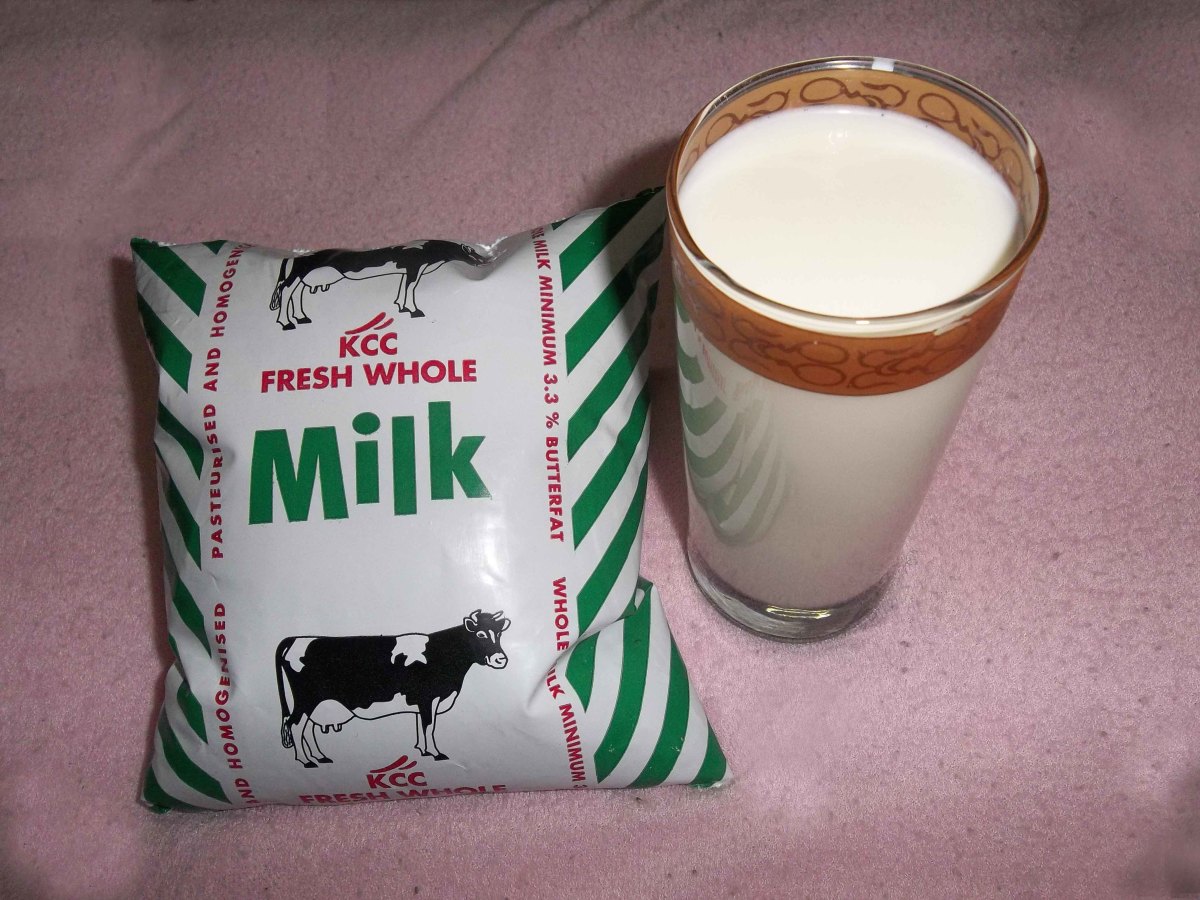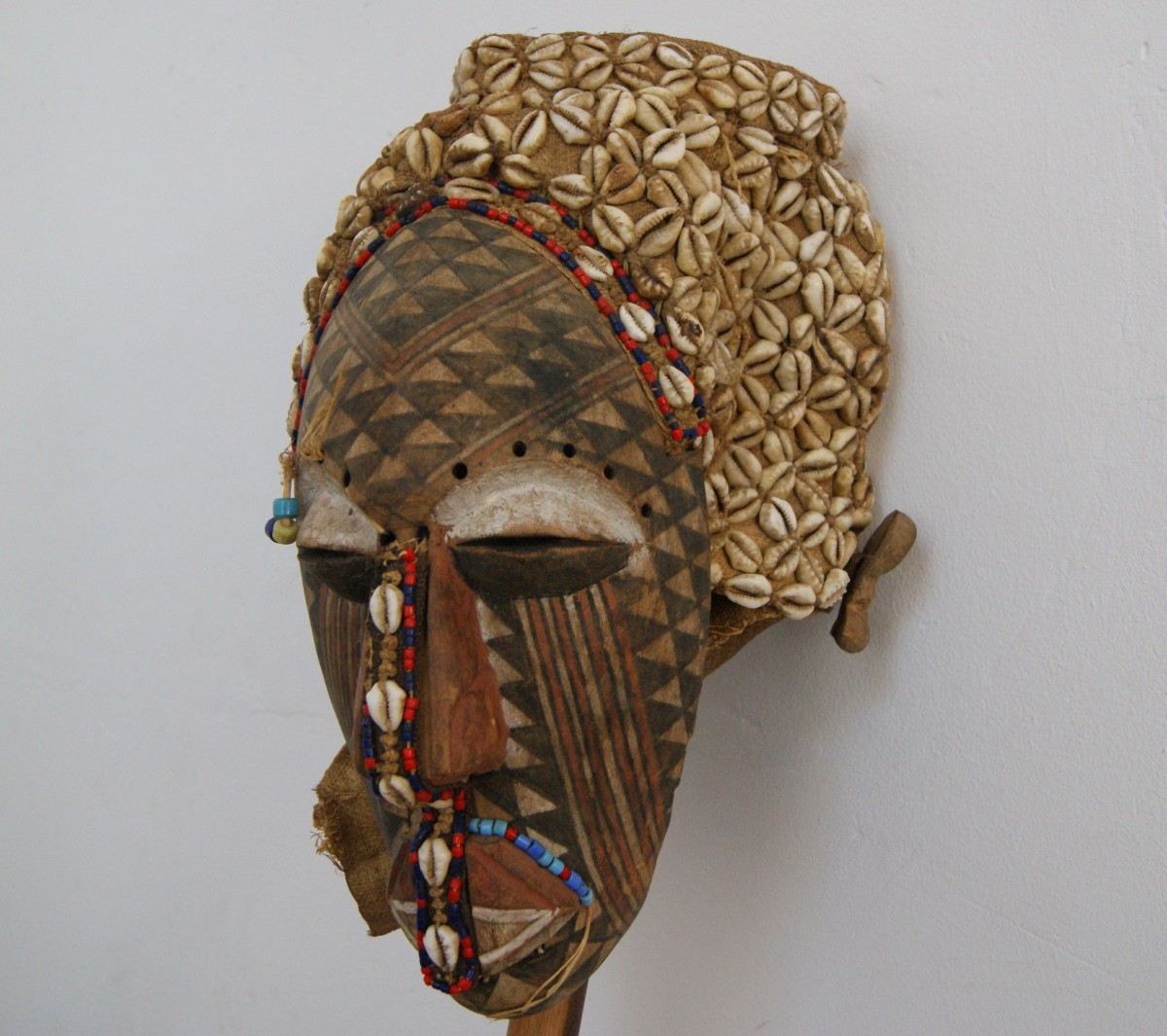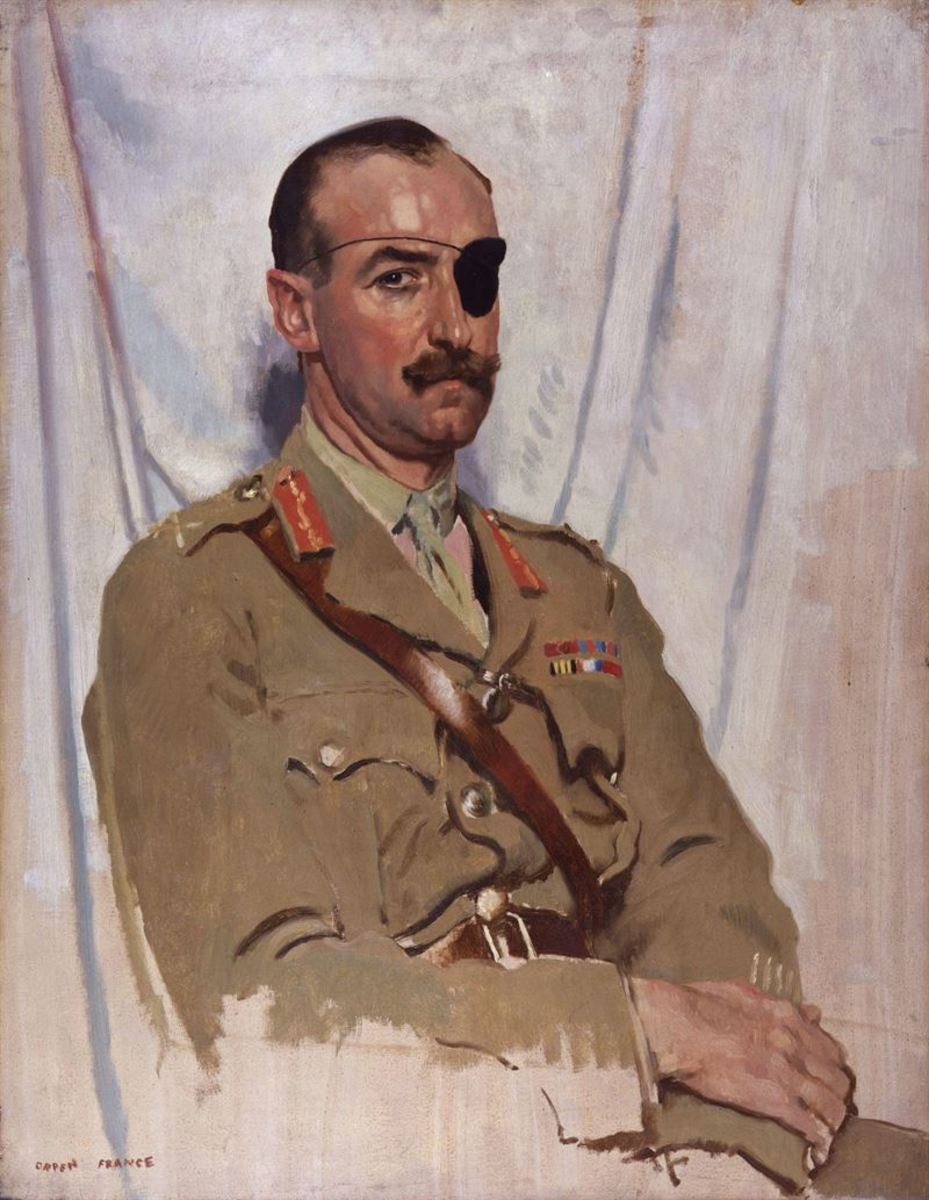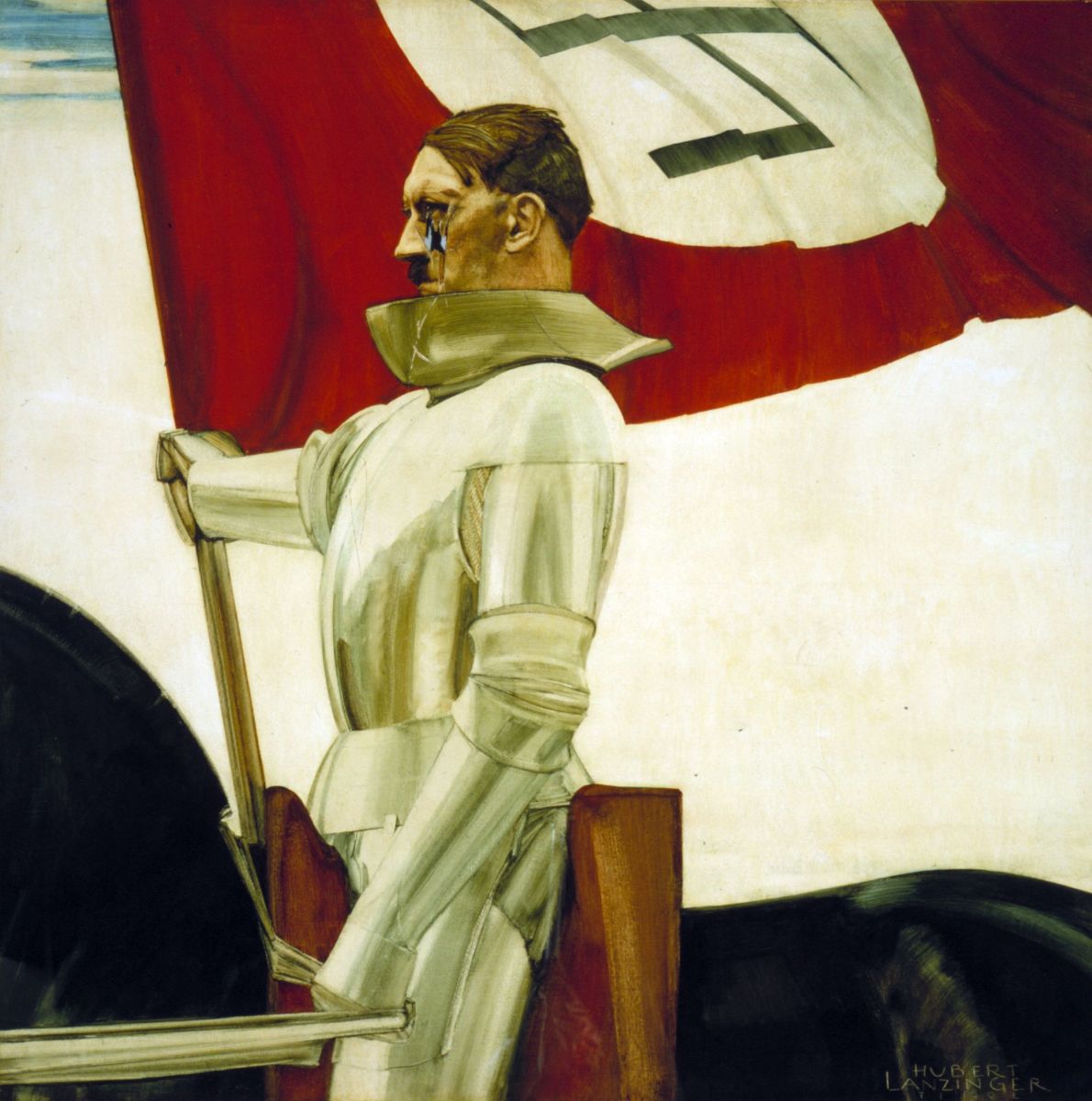For the Love of Money

Money Through the Ages
What is money? It is basically a medium of exchange. It must be rare enough to have value. We once depended on the barter system. It was a good system, where goods and services of equal value were traded. Each party had to want what the other was offering. Bartering is still in use today, by individuals, by organizations, and by governments.
Sometimes money lived and breathed and walked about on four legs. Cattle, sheep, camels, and other livestock were once used as a commodity. As society developed and advanced, advents in agriculture led to the use of grain and other vegetables and plant products as money - in Bible times, a shekel was 180 grains of barley. How has money changed from cattle and sheep to the instant transfer of funds from one account to another? Read on and find out.
Want to Know More About Money?

The word money comes from the Roman goddess Moneta, the protectress of funds

Animals as Money
Money has taken many shapes and forms throughout the ages. Cattle is actually the oldest form of money. In Papua New Guinea, their money rolls in the mud. Pigs have been used there long before the development of currency. It's been said money is pig, and pig is money. One local car dealership even offered a pig with every vehicle sold. Pigs are also used as a bride price for a prospective groom and to settle clan differences. The disadvantages of animals as money are obvious: they have to be fed and cared for, and they lose their value when they get old or sick.
Early Money
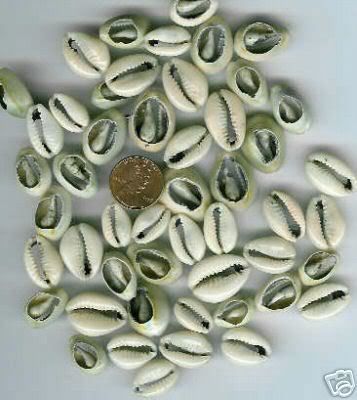
In 1200 B.C., cowrie shells were found on the shores of the Pacific and Indian Oceans. They were rare enough to have value. They were first used in China, but many societies have used them since. They were even exchanged in some parts of Africa as late as the middle of the last century. Because they were difficult to find, the Chinese began to make them from stone, jade, bone, and precious metals such as bronze, silver, and gold. Considered an early form of the coin, some were inserted into the nostrils of the deceased to keep out the ants. However, cowrie shells had little value in India, where seashores were teeming with them.
Cowrie shells weren't the only forms of early money. Native Americans traded with beads, trinkets and cloths. They valued strings of polished clam shells which they called wampum - wampum means white, referring to the color of the shells. In 1637, the Massachusetts Bay Colony declared wampum legal tender, allowing six shells to a penny. Before the advent of paper money, Americans also traded in animal skins, such as deer and buck, which led to money being referred to as a "buck."

Money has taken the form of tobacco, tea, and feathers. Roman soldiers were sometimes paid in salt, and the word salary comes from the Roman word salarium, referring to money given to buy salt. In the country of Yap, currency was made up of stone discs called rai. They were twelve feet in diameter, and could weigh more than five tons. The Fijians used whale's teeth as money. Europeans traded in cloth, wool and wine. In the British colony of New South Wales, rum was a commodity. The Aztecs used cocoa beans, which were valued more than gold. The Japanese paid in koku, a unit of rice.
How Do You Spend Your Money?
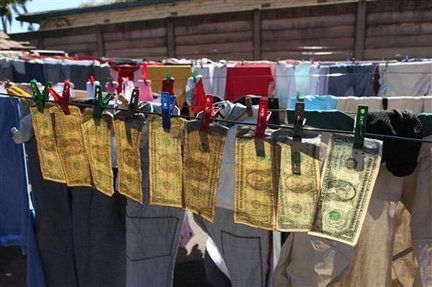
I am a virtual fanatic. I shop, get paid, and pay bills online all the time. How do you prefer to spend your cash?
Parker Brothers has printed more money for the game of Monopoly than the Federal Reserve
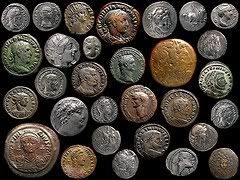
Wonderful Coins
Early forms of coins were made of bronze, and were in the shape of cattle around 2000 B.C. The Chinese also made bronze and copper cowrie shells, knives and spades. These eventually developed into coins. They made them with holes in their center so they could be strung and easily carried.
The first true round coins originate with the Lydians from about 650 B.C. They were made from electrum, a natural alloy of gold and silver. Coins came into use by the Greeks, Persians, and later the Roman Empire. They began to use silver, bronze, and gold. Soon, coins were being mass produced.
Stamped coins were staters made at the Aegean islands. They began to be stamped with images of gods, kings, and queens. Since coins were not perfectly round, enterprising and dishonest traders clipped coins to make a tidy profit from the metal. Coins were eventually made with ridged edges so this practice could be easier to detect. In 1793, the U.S. Mint produced its first coins.
The Value of Paper
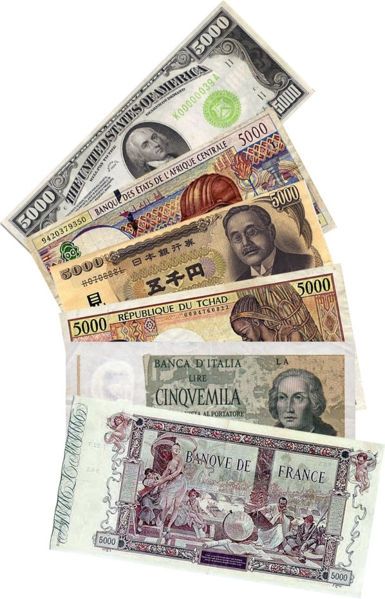
In 118 B.C., leather money was used in China. It was made from white deerskin with a colorful border. This is considered the first banknote. Paper currency later appeared in China in 1024 B.C. They were produced in response to a coin shortage and were used from the 9th to the 15th century. Paper money then disappeared from use for several hundred years.
In the 17th century, paper money reappeared in Europe and America. London goldsmiths were using their vaults to store gold and valuables for their customers. Rather than move around their gold, customers were issued receipts that they exchanged and used as money. The advantages? Paper money was more convenient and less risky to handle. On March 10, 1862, the first paper money was issued in the U.S. It was made in denominations of $5, $10, and $15.
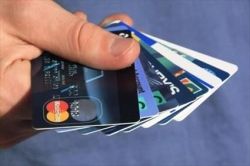
Paper or Plastic
The concept of credit has been around since the 1800s. Credit cards are an American invention, being introduced in the 1920s. Firms, such as oil companies and hotel chains, began offering them to their customers. They were convenient, and soon caught on worldwide. They were not always made of plastic. Metal, fiber, and paper were used. In 1958, the Bank of America mailed out 60,000 BankAmericards, today known as Visas.
Electronic banking emerged as a project for the Bank of America. MICR - magnetic ink character recognition - allowed computers to read numbers at the bottom of a check. By 1970, European banks were linked by mainframes. In 1975, the Social Security Administration first offered the electronic deposit of funds. People began to pay bills and transfer funds electronically. Today, the Internet has made electronic funds acceptable and widely used. PayPal boasts 110 million active accounts. Apps for cellphones have been developed to instantly transfer funds from customers to businesses. Electronic funds have made handling money faster and easier than ever.
Only 8 percent of the world's funds exist as physical money
Links to Money - Knowledge, not Cash
- Nova - The History of Money
Follow the history of money through the ages. - The British Museum
The British Museum presents a history of money. - A Chronology of Money
Explore this timeline to see the development of money through the ages.
I find virtual money convenient and hassle-free, although I do worry about being hacked and losing funds. Anyone miss the old days when you had cash in your wallet instead of cards?



